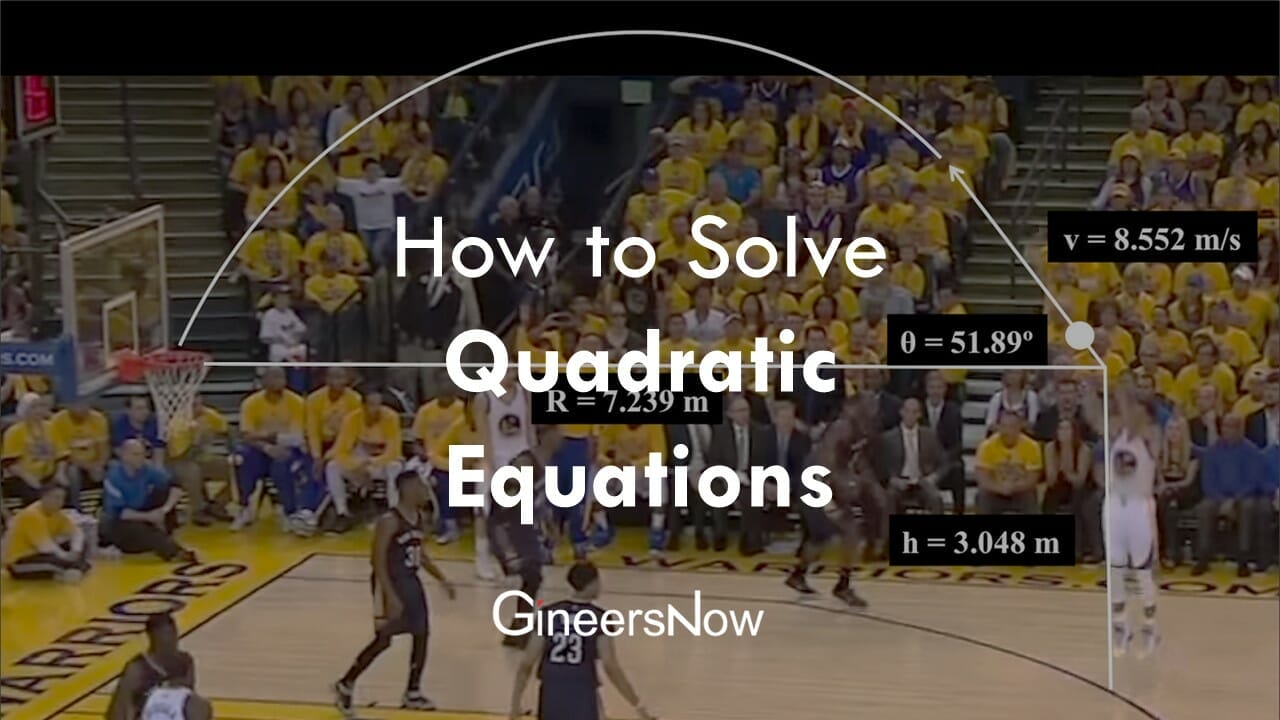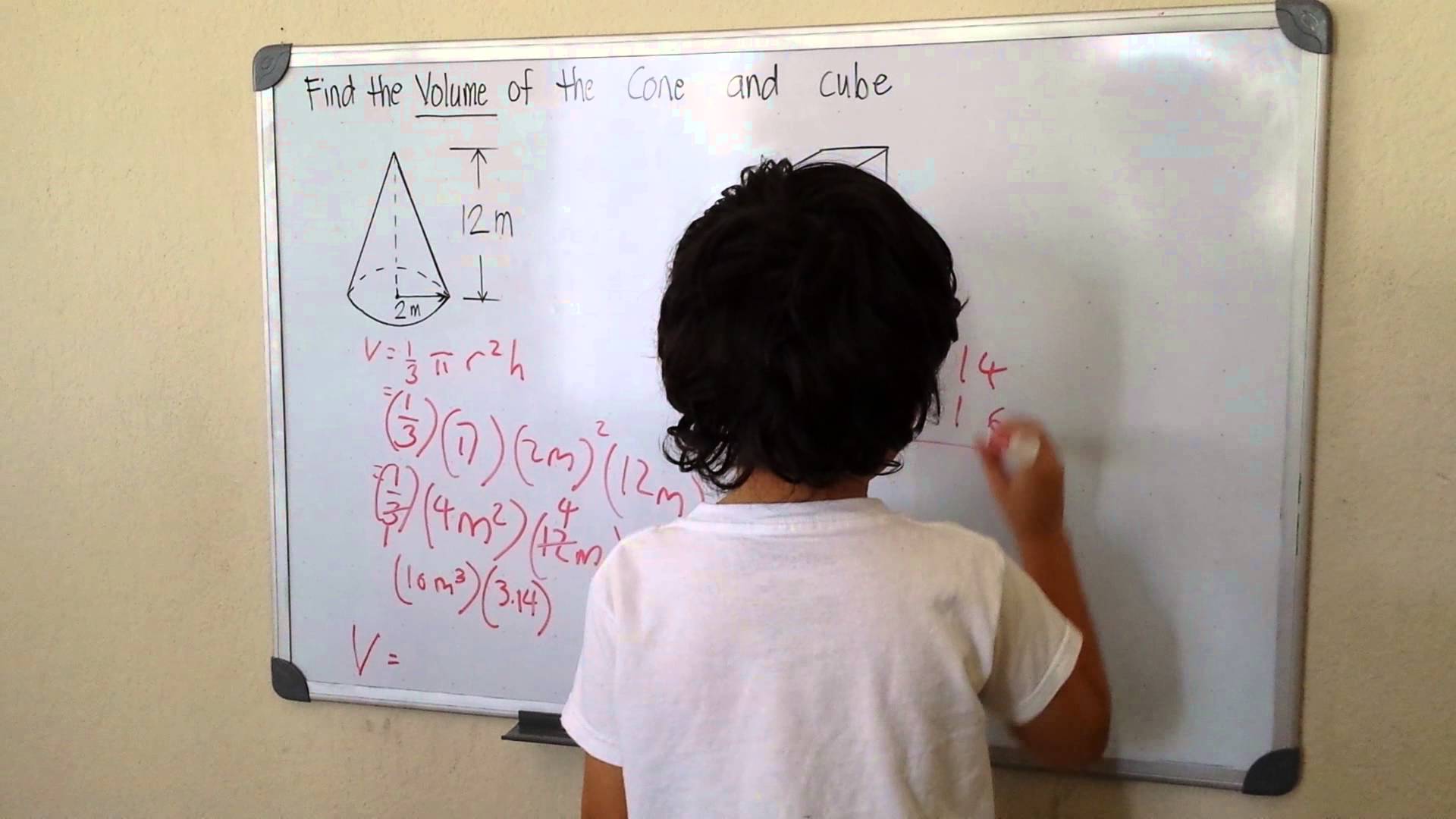Quadratic functions may seem like abstract concepts confined to the pages of a math textbook, but they are intricately woven into the fabric of our everyday lives. From the trajectory of a basketball as it arcs toward the hoop to the design of roller coasters that thrill riders with gravity-defying twists, quadratic equations play a crucial role in shaping our experiences and understanding of the world around us. By exploring real-life examples of quadratic functions, we demystify this mathematical phenomenon and uncover its practical applications in various fields.
This article will explore six fascinating instances where quadratic functions manifest themselves beyond classroom walls. Whether predicting profits in business or optimizing structures in engineering, these examples highlight how quadratic equations help us model and solve real-world problems. Prepare to be surprised as we reveal just how frequently these curves impact your daily life—turning complex mathematics into relatable scenarios that everyone can appreciate!
Importance of quadratic functions in everyday life
Quadratic functions play a significant role in everyday life, often in ways that might not be immediately apparent. These mathematical expressions, typically formulated as \( ax^2 + bx + c \), are fundamental in modeling situations with a specific relationship between variables.
Real-life examples of quadratic functions are abundant and can be found in fields such as physics, engineering, economics, and even sports. For instance, the trajectory of a thrown ball follows a parabolic path described by a quadratic function. Similarly, architects use quadratic equations to calculate optimal shapes for structures to ensure stability and aesthetic appeal.
In finance, quadratic functions can model profit and cost relationships, helping businesses determine the best pricing strategies. Additionally, they are crucial in fields like biology for modeling population growth under certain conditions. By understanding these real-life examples of quadratic functions, we can better appreciate their importance and application across different domains.

1. Projectile Motion in Sports: How athletes use parabolic trajectories
Athletics often showcases the principles of physics, particularly through projectile motion. When athletes launch objects—wwhether a basketball, a javelin, or a soccer ball—tthey unknowingly utilize the mathematics of parabolic trajectories, this motion can be modeled using quadratic functions, allowing us to predict these objects’ paths.
One real-life example of quadratic functions in sports is seen in basketball shooting. When a player takes a shot, the ball follows a parabolic arc before reaching the hoop. Coaches and players study this trajectory to improve shooting angles and techniques. The optimal angle for shooting is often around 45 degrees, which maximizes the height and distance of the shot while ensuring it lands in the basket.
Another example can be found in javelin throw competitions. Athletes aim to achieve distance and accuracy by launching the javelin at an optimal angle. The equation of motion illustrates how varying launch angles affect the range; typically, an angle between 30 to 36 degrees provides maximum distance due to its relation to gravity and air resistance.
In soccer, when players take free kicks or penalty shots, they often apply spin and force to create a curveball effect known as bending the ball. The flight path resembles a parabola influenced by initial velocity and angle of kick. By understanding these principles through quadratic functions, players can refine their techniques for better performance on the field.
Overall, understanding projectile motion through real-life examples of quadratic functions enhances athletic performance and deepens our appreciation for how mathematics intersects with sports dynamics.
2. Architecture and Engineering Designs: Curved structures and stability considerations
Curved structures are significant in architecture and engineering designs, offering aesthetic appeal and structural stability. One key mathematical concept involved in understanding these structures is quadratic functions, which can be seen in the design of arches, domes, and various other curved forms.
Real-life examples of quadratic functions can be observed in iconic structures such as the Gateway Arch in St. Louis, Missouri. The arch is a parabolic shape that provides a visually stunning silhouette against the skyline and ensures stability through its curvature, distributing weight evenly across its structure.
Similarly, the Sydney Opera House features a series of shell-like roofs that resemble hyperbolic paraboloids. These curves use principles derived from quadratic equations to optimize aesthetic qualities and structural integrity. Curved surfaces allow for efficient load distribution while enhancing the building’s resilience to environmental stresses.
In bridge design, parabolic arches exemplify how quadratic functions influence engineering choices. The Forth Bridge in Scotland showcases this principle; its iconic cantilevered design utilizes parabolic curves to achieve strength and stability while spanning vast distances over water.
Overall, understanding the relationship between curved structures and quadratic functions is essential for architects and engineers to create safe, functional, and beautiful designs that stand the test of time.
3. Business Profit Maximization: Quadratics in revenue and cost analysis
Understanding how to maximize profit is essential for business success. One mathematical tool that plays a critical role in this process is the quadratic function. Quadratic functions can model revenue and cost relationships, allowing businesses to make informed decisions.
Understanding Quadratics in Business
A quadratic function typically takes the form \( f(x) = ax^2 + bx + c \), where \( a \), \( b \), and \( c \) are constants. In a business context, this function can represent either revenue or cost, depending on how it is formulated. The shape of the graph (a parabola) helps identify maximum or minimum points, which correspond to maximum profits or minimum costs.
1. Pricing Strategy: A company may find that as they increase the price of their product, the quantity sold decreases after a certain point. This relationship can be modeled with a quadratic function where:
– Revenue \( R(x) = p(x) * q(x) \), with \( p(x) \) being price per unit and \( q(x) \) being quantity sold.
– For example, if raising prices beyond $10 leads to significant drops in sales, the revenue curve will peak at an optimal price point before declining.
2. Production Costs: Companies often face varying production costs based on output levels. A common scenario might involve fixed and variable costs leading to a quadratic cost function:
– Cost \( C(x) = ax^2 + bx + c \).
– For instance, producing more units may lead to increased labor costs due to overtime pay, which can be represented as a quadratic function.
3. Marketing Campaigns: Businesses investing in marketing often observe that there is an optimal amount spent that maximizes returns. If spending too little results in low visibility while excessive spending leads to diminishing returns, the relationship can also be modeled quadratically:
– Profit \( P(x) = R(x) – C(x) \).
– Here, revenue from increased sales due to marketing and costs associated with those campaigns can be expressed using quadratic functions.
4. Inventory Management: Retailers aim to strike a balance between holding inventory costs and stockouts, which lead to lost sales. The total cost involved in inventory management might form a quadratic equation, where surplus stock incurs extra holding fees while insufficient stock results in missed sales opportunities.
4. Physics: Free-Fall Objects: Calculating height with quadratic equations
In physics, the motion of free-fall objects can often be modeled using quadratic equations. When an object is dropped from a certain height, its position over time can be described by a quadratic function due to the influence of gravity. The general form of a quadratic equation representing this motion is:
\[ h(t) = -\frac{1}{2}gt^2 + v_0t + h_0 \]
where \( h(t) \) is the height at time \( t \), \( g \) is the acceleration due to gravity (approximately 9.81 m/s²), \( v_0 \) is the initial velocity, and \( h_0 \) is the initial height from which the object is dropped.
Real-Life Examples of Quadratic Functions in Free Fall
1. Dropping a Ball: Suppose you drop a ball from a height of 20 meters (h₀ = 20 m). Assuming it has no initial velocity (v₀ = 0), we can calculate how long it takes to hit the ground (h(t) = 0). Using our equation:
\[
0 = -\frac{1}{2}(9.81)t^2 + 20
\]
Solving for \( t \) gives us the time it takes for the ball to reach ground level.
2. Throwing a Ball Upwards: If instead, you throw a ball upwards with an initial velocity of 15 m/s from ground level (h₀ = 0), we would use:
\[
h(t) = -\frac{1}{2}(9.81)t^2 + 15t
\]
This function demonstrates how high the ball rises before falling back down, allowing us to find its maximum height and when it will return to ground level.
3. Skydiving: A skydiver jumping from an airplane experiences free fall until reaching terminal velocity. The path taken can also be modeled using quadratic functions, as their descent follows a similar mathematical pattern influenced by both gravity and air resistance before stabilizing.
4. Projectile Motion: When analyzing basketball or soccer, where balls are thrown or kicked into the air, their trajectories can often be modeled using parabolic equations derived from free-fall principles.
These examples highlight how quadratic functions are integral in understanding and predicting real-life scenarios involving free-fall objects
5. Population Growth Models: Predicting future populations using quadratic
Quadratic functions can effectively model population growth in certain scenarios, especially when the growth rate is not constant, but rather changes over time. These models can be represented in the standard form of a quadratic equation: \( P(t) = at^2 + bt + c \), where \( P(t) \) represents the population at time \( t \), and \( a, b, c \) are constants that define the specific characteristics of the population growth.
Real-Life Examples of Quadratic Functions in Population Growth Models
1. Local Wildlife Populations: Animal populations may grow rapidly in some ecosystems until they reach carrying capacity. If food sources or habitats become limited, the growth can slow down and even decline. For example, suppose a deer population in a forest grows initially due to abundant resources but later faces limitations from overgrazing or hunting regulations. In that case, this can be modeled with a quadratic function reflecting an initial increase followed by stabilization or decrease.
2. Urban Development: As cities expand, there can be phases of rapid population increase due to migration and economic opportunities. However, as infrastructure struggles to keep up with demand (e.g., housing shortages), growth may plateau or decline. A quadratic model could illustrate these dynamics as new developments are built and then fill up.
3. Agricultural Yield: The yield of certain crops may initially increase with improved farming techniques but eventually face diminishing returns due to factors like soil depletion or pest issues. A quadratic function could represent how the crop yield per acre grows based on investment in fertilizers and technology before reaching a peak and declining.
4. Initial Disease Spread: In epidemiology, disease spread can sometimes follow a quadratic path during its early stages—where an increasing number of contacts leads to more infections—but as public health measures take effect and immunity develops within the population, this growth rate might change significantly.
Using quadratic functions for modeling allows us to capture these complexities in real-life scenarios where populations do not simply grow linearly but experience changes influenced by various factors over time.
6. Economics: Supply and Demand Curves
In economics, supply and demand curves are fundamental for understanding market equilibrium. Market equilibrium occurs when the quantity supplied equals the quantity demanded. To illustrate this concept using quadratic functions, we can analyze how these curves can be represented mathematically.
Supply and Demand Curves
1. Demand Curve: This curve typically slopes downward, indicating consumers are willing to purchase more of a good as prices decrease. A common form for a linear demand function is:
\[
Q_d = a – bP
\]
where \(Q_d\) is the quantity demanded, \(P\) is the price, and \(a\) and \(b\) are constants.
2. Supply Curve: Conversely, the supply curve generally slopes upward, meaning that as prices increase, producers are willing to supply more of a good. A linear supply function can be expressed as:
\[
Q_s = c + dP
\]
where \(Q_s\) is the quantity supplied, and \(c\) and \(d\) are constants.
Quadratic Functions in Supply and Demand
However, both supply and demand can also be modeled using quadratic functions when considering factors like diminishing returns or increasing marginal costs. For example:
– Quadratic Demand Function:
\[
Q_d = -x^2 + bx + c
\]
Here \(x\) could represent price levels, leading to a parabolic shape that reflects decreasing demand at higher prices.
– Quadratic Supply Function:
\[
Q_s = ax^2 + bx + c
\]
In this case, increased production costs might cause prices to rise significantly before suppliers produce additional units.
Finding Market Equilibrium
To find market equilibrium in this context, we set the two equations equal to each other:
\[
-x^2 + bx + c = ax^2 + dx + e
\]
Rearranging gives us a quadratic equation:
\[
(1+a)x^2 + (d-b)x + (e-c) = 0
\]
The solutions to this equation provide potential price levels at which the market clears—where supply meets demand.
Conclusion: 6 Real-Life Examples of Quadratic Functions
In exploring the real-life examples of quadratic functions, one might not immediately connect seemingly simple equations with complex real-world applications. However, these functions reveal their significance in various fields. For instance, in archery or basketball, the trajectory of a projectile forms a parabolic path modeled by quadratic equations. This understanding is crucial for athletes and coaches seeking to optimize performance by adjusting angles for maximum precision.
Another fascinating application can be found in engineering, particularly when analyzing the designs of satellite dishes or suspension bridges. The distinctive parabolic shapes utilized are derived from quadratic principles, allowing these structures to focus signals or evenly distribute weight efficiently. Moreover, economic models often employ quadratic functions to project profit maximization scenarios where cost and revenue intersect—highlighting their role in strategic business planning.
These examples showcase how deeply embedded quadratic functions are within our everyday lives—as mathematical concepts and as fundamental tools driving innovation and efficiency across multiple sectors. Recognizing the prevalence and utility of \( ax^2 + bx + c \) extends beyond numbers; it enriches our appreciation for the intricate connections between mathematics and practical reality.












